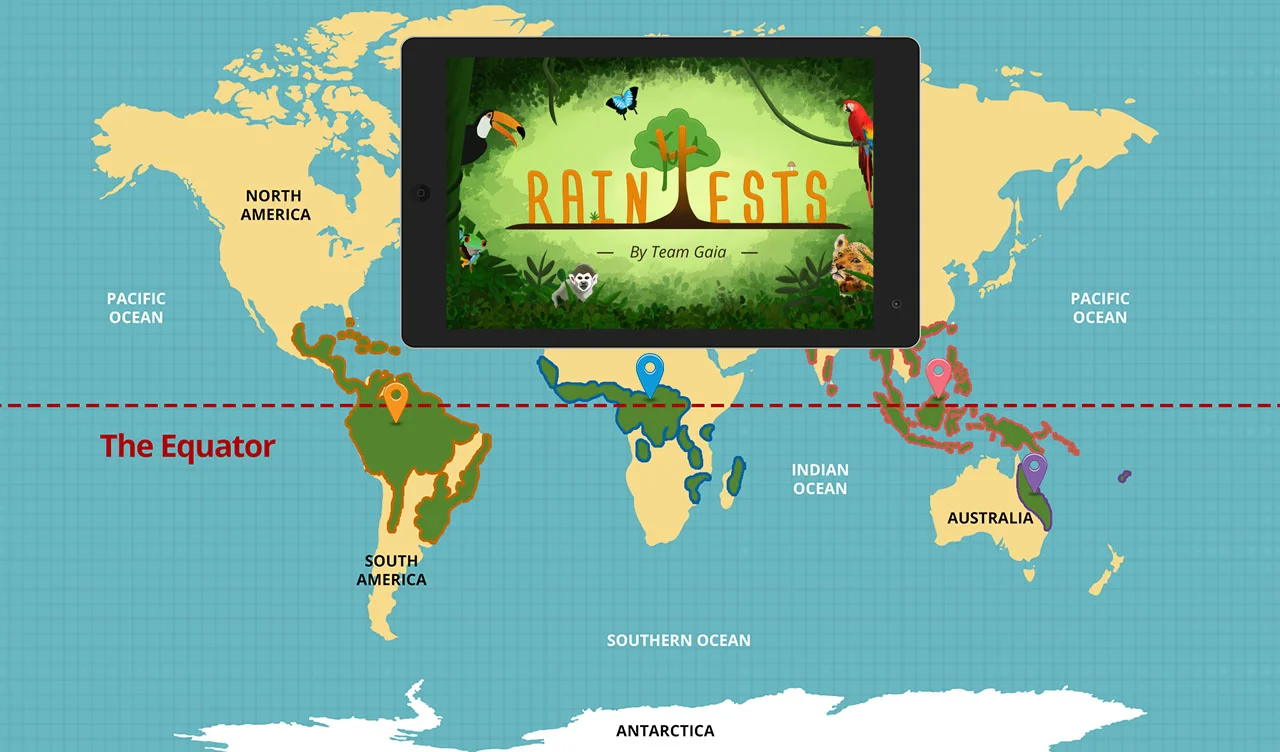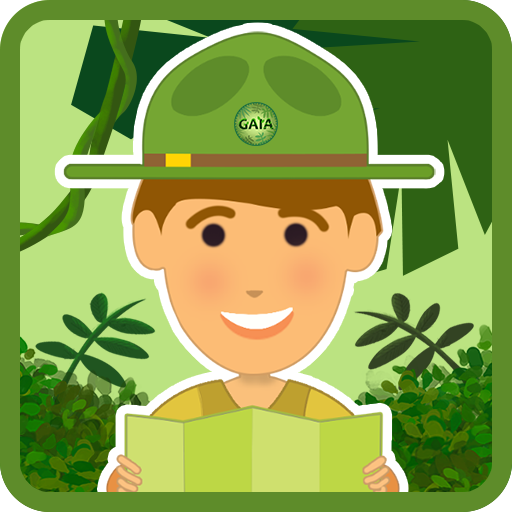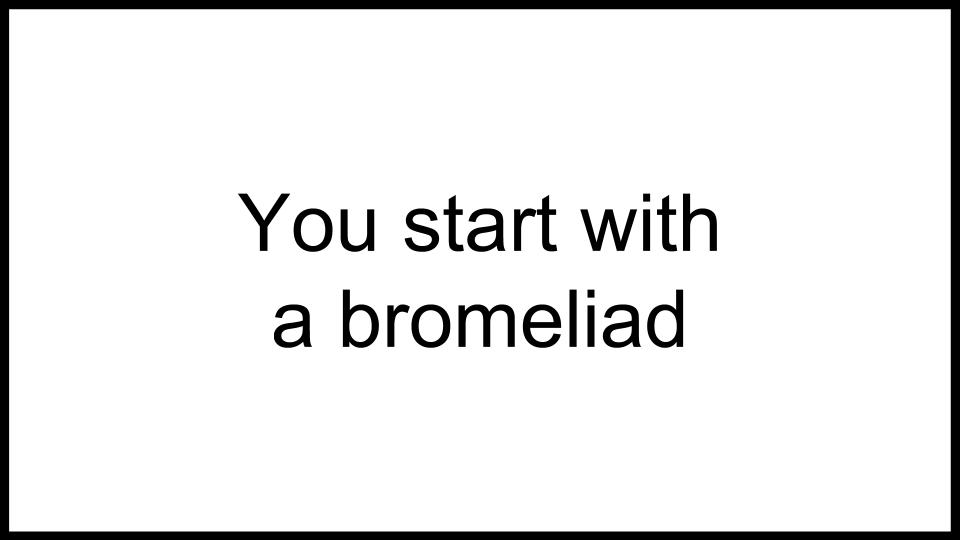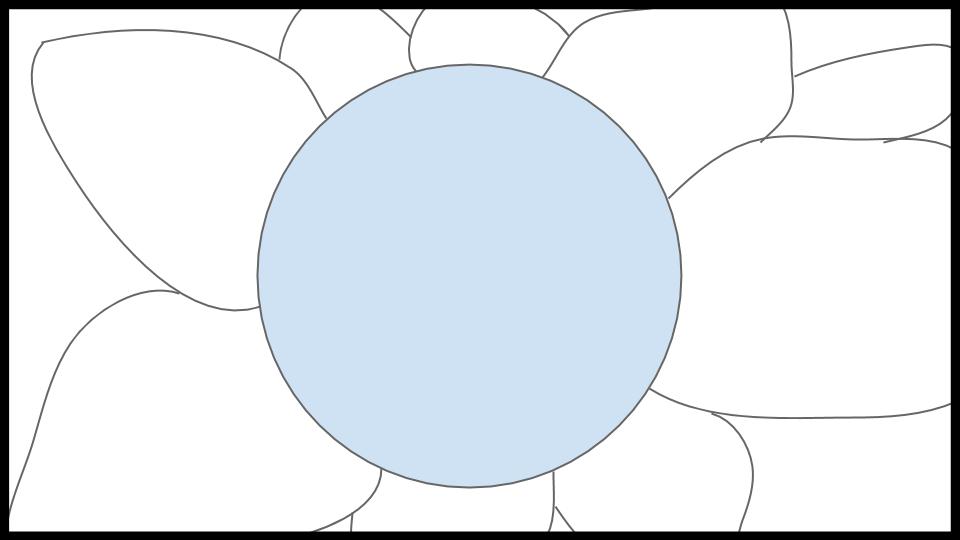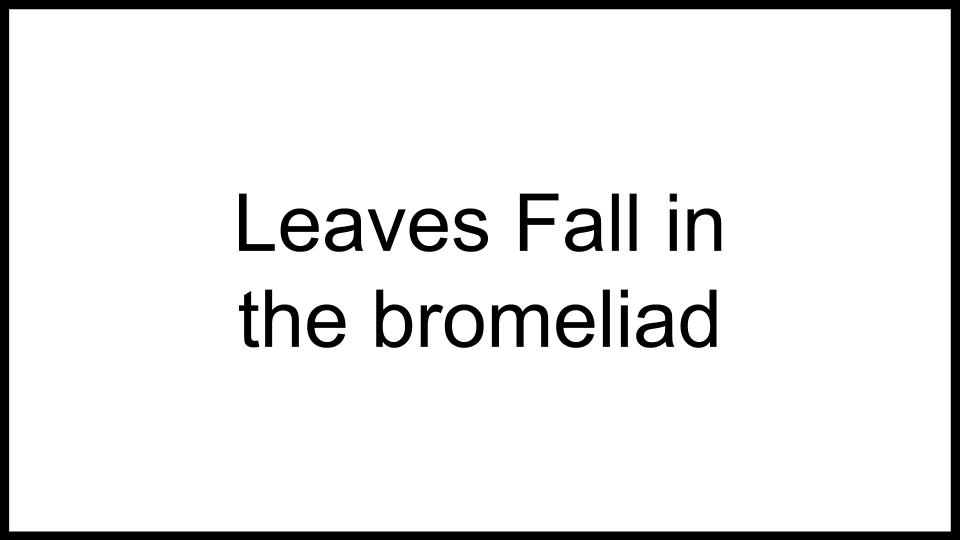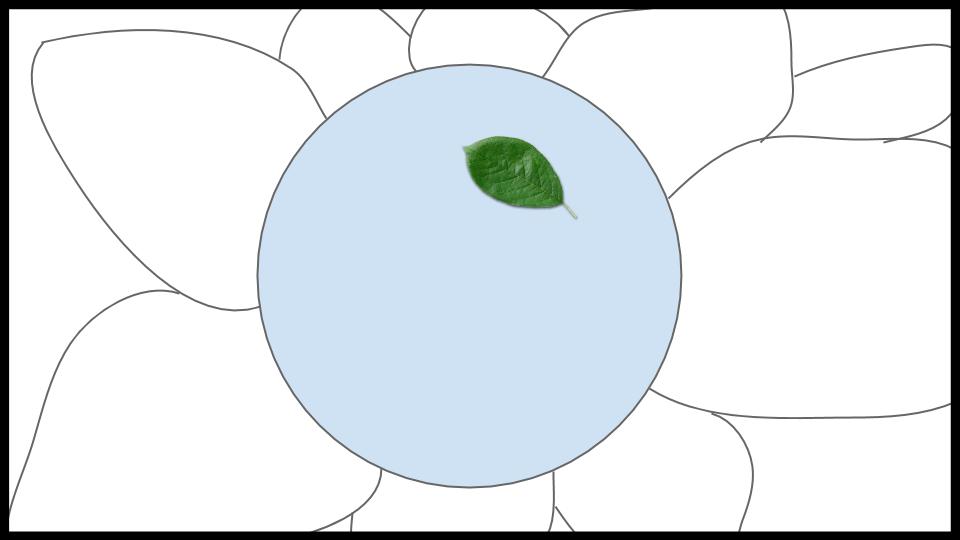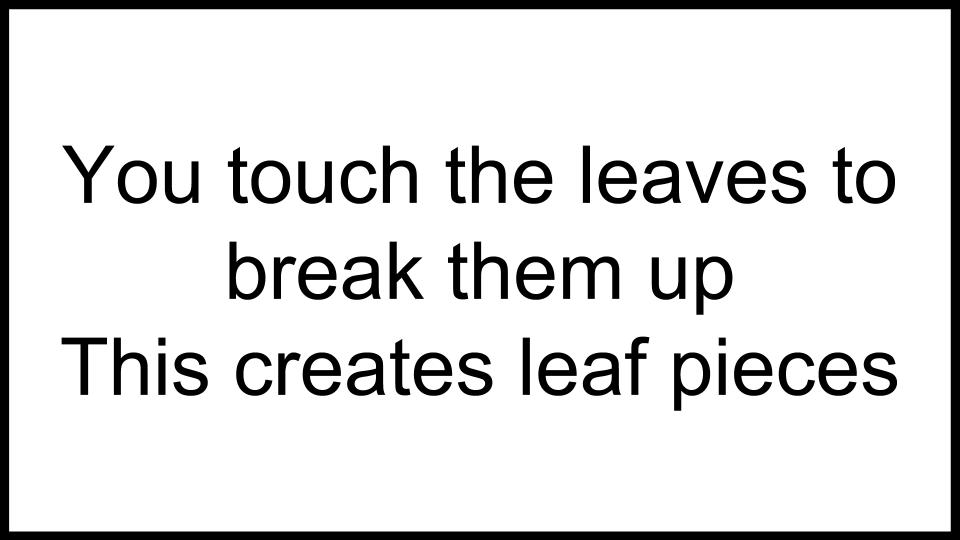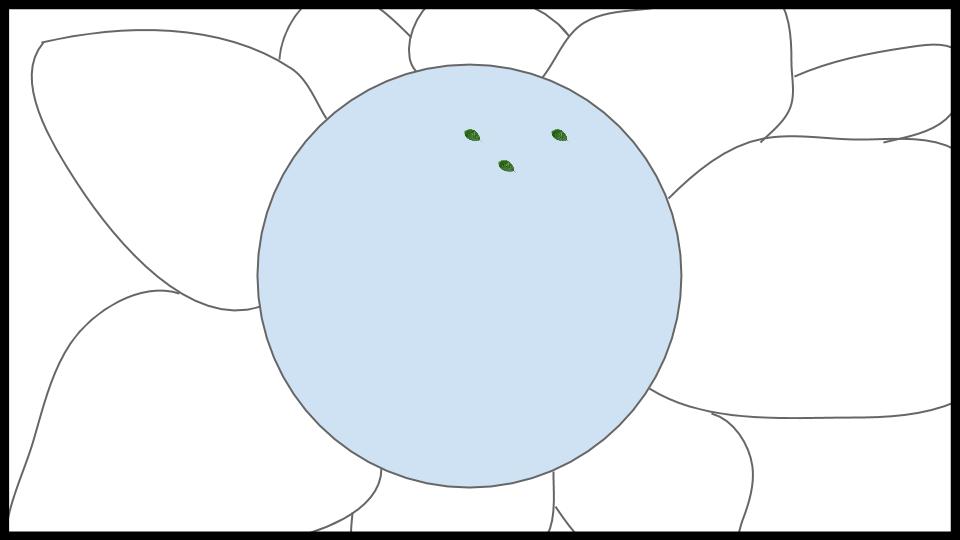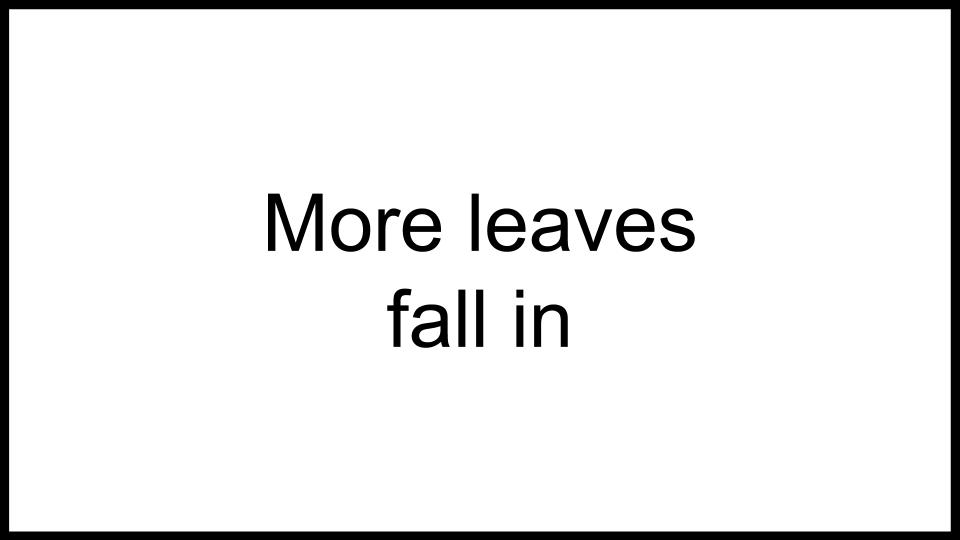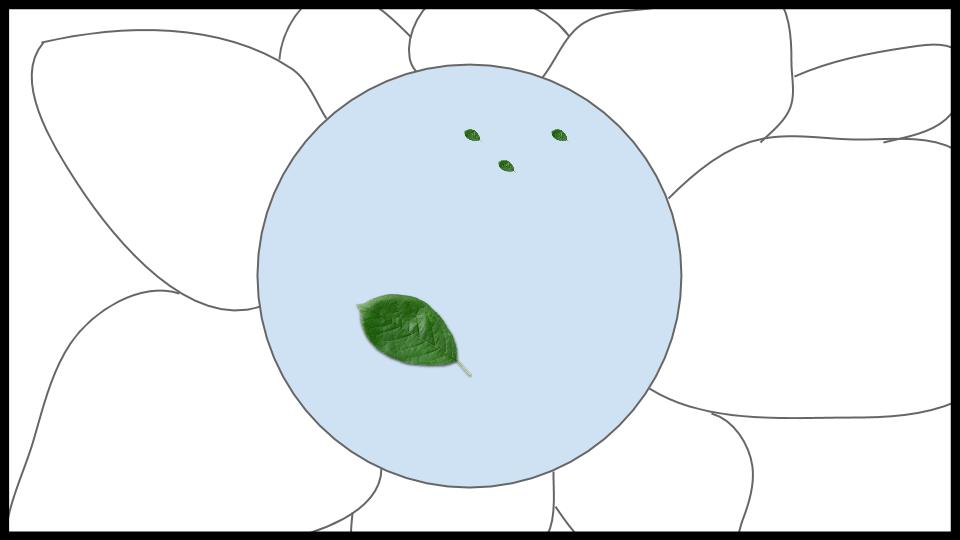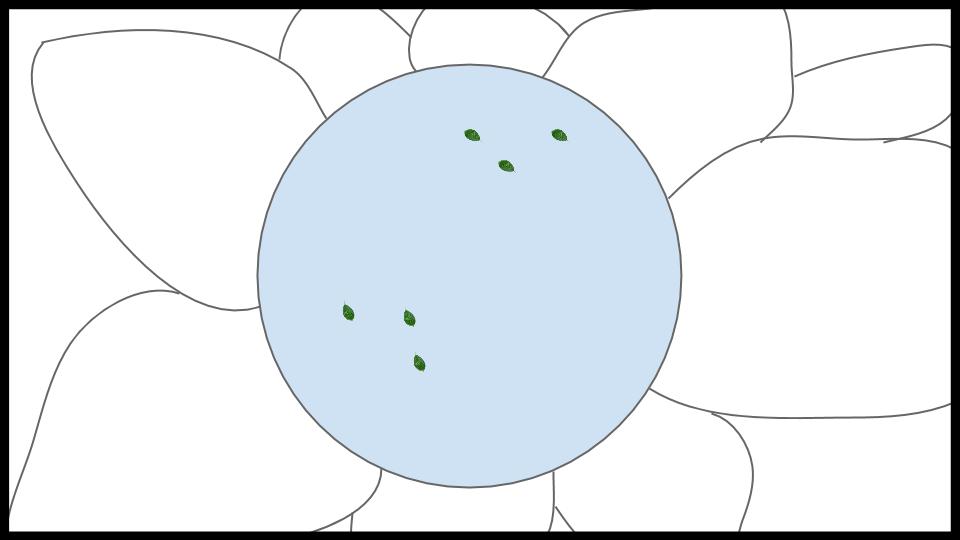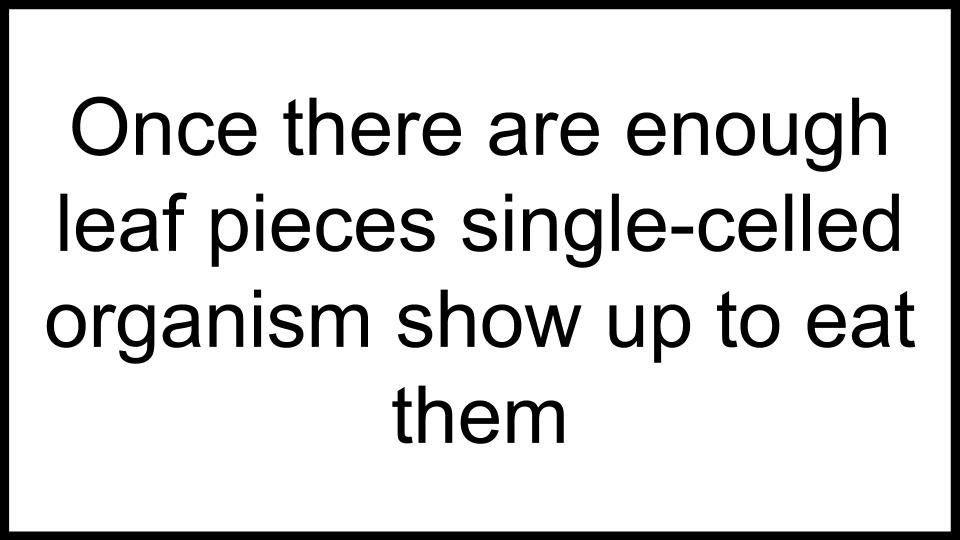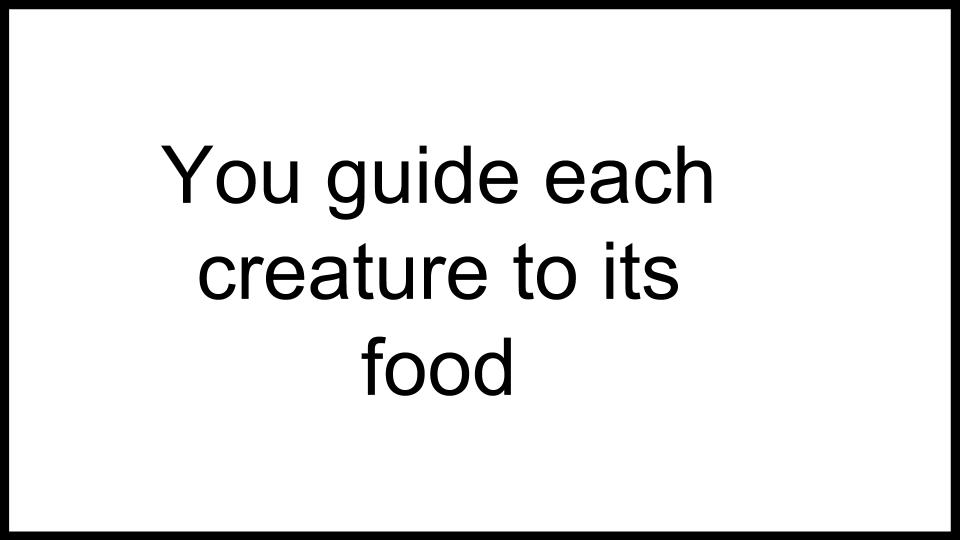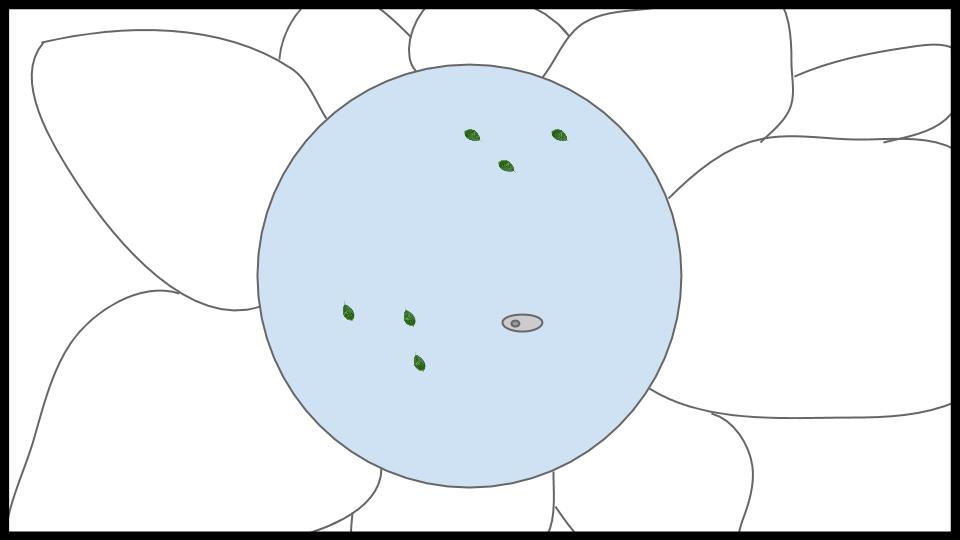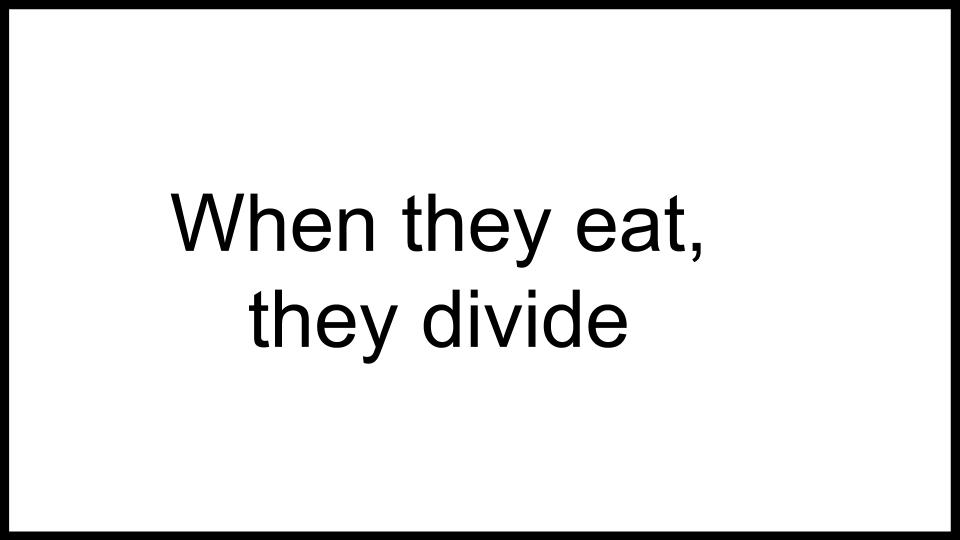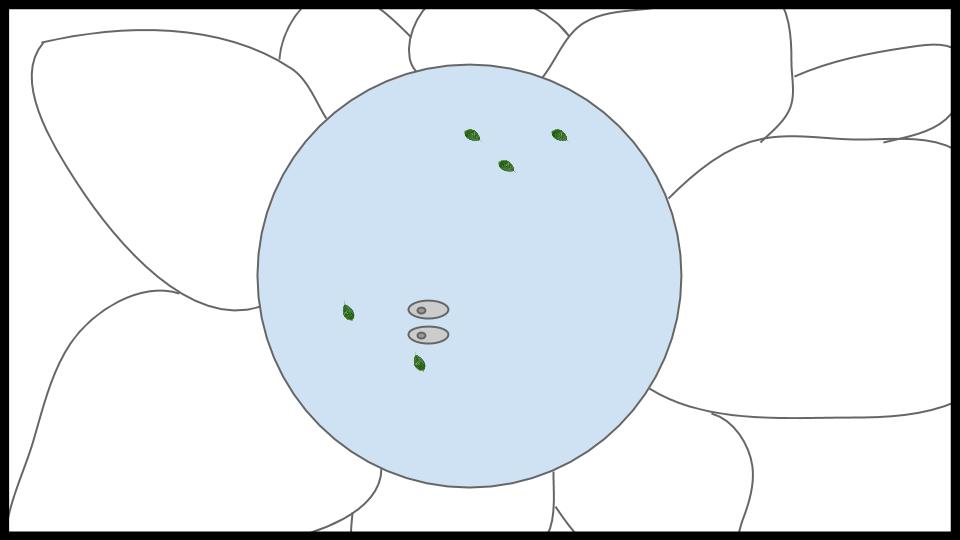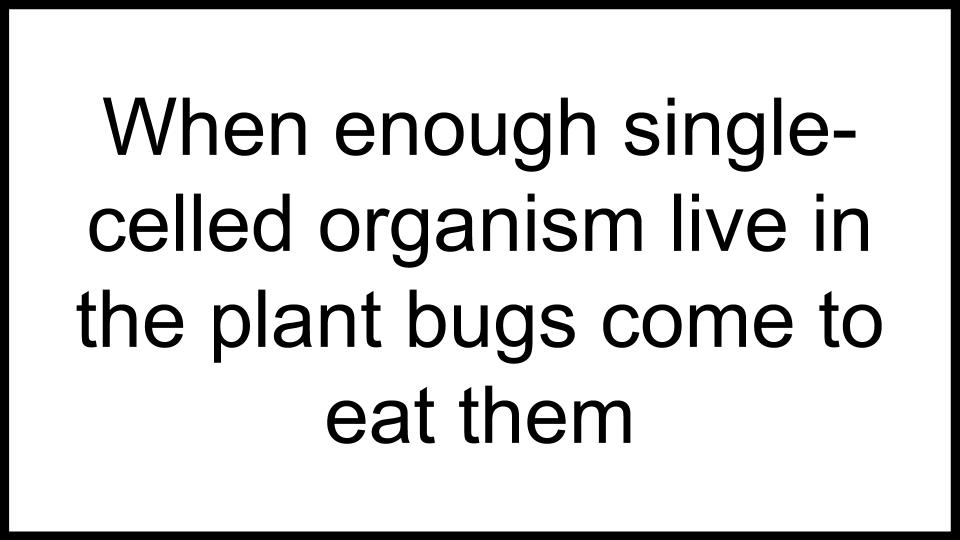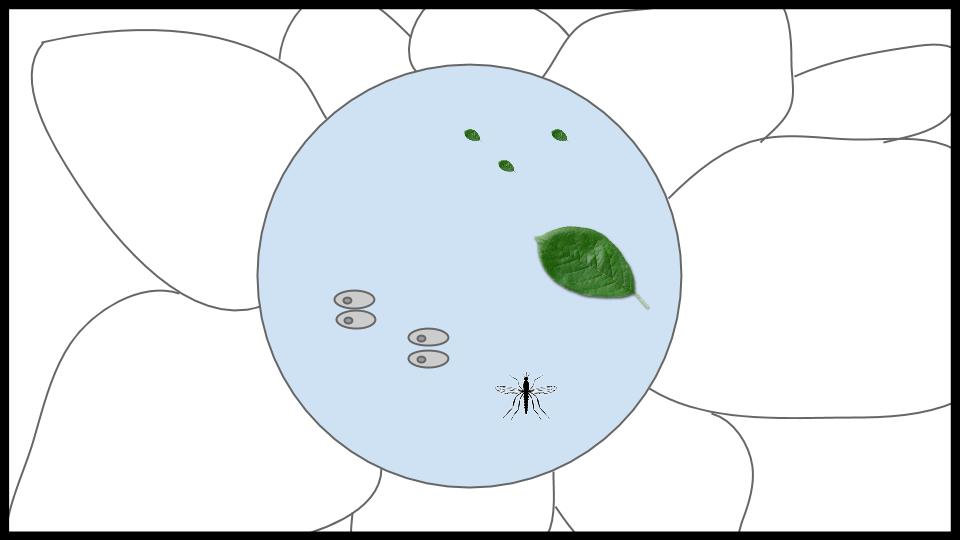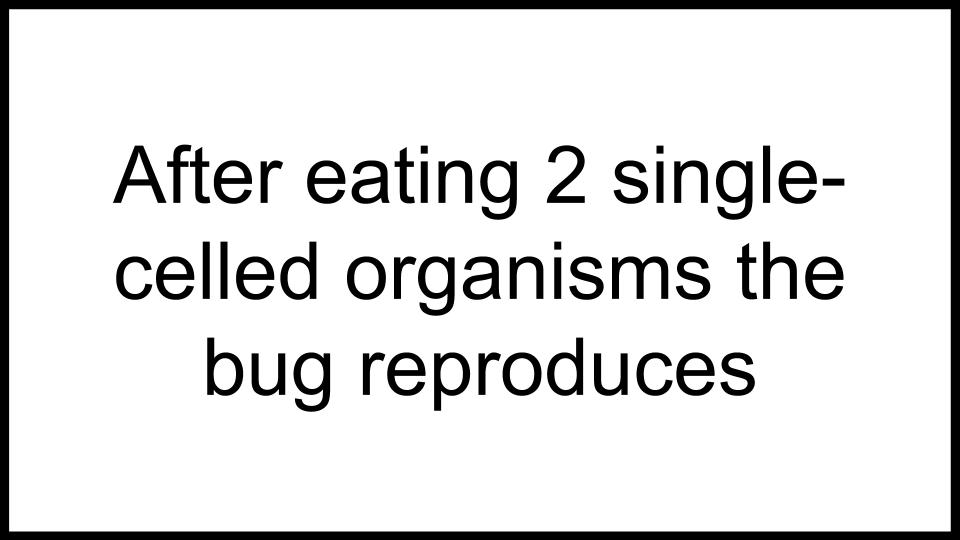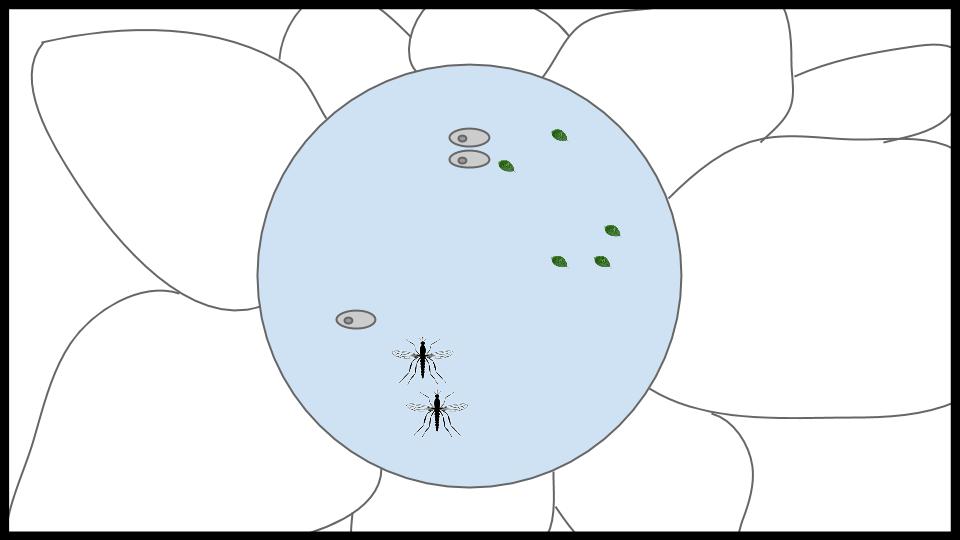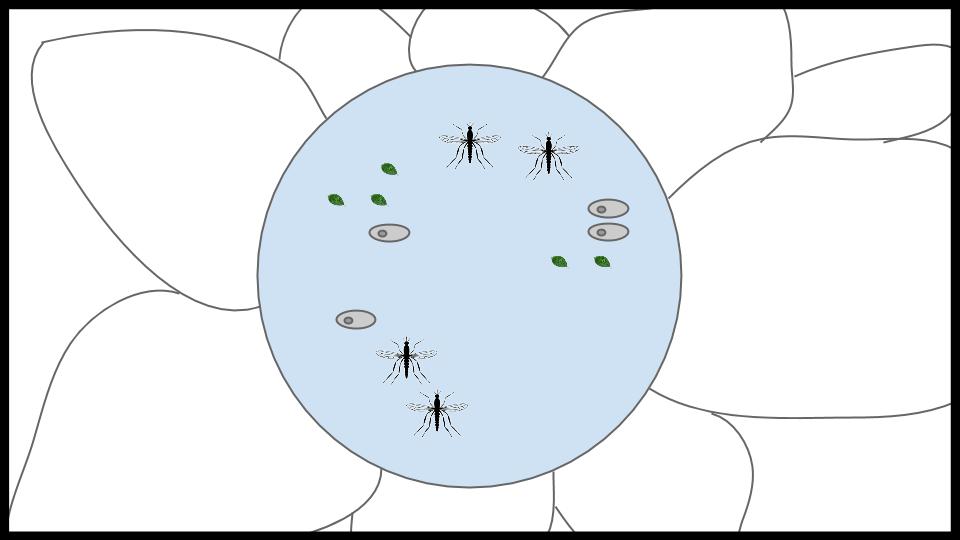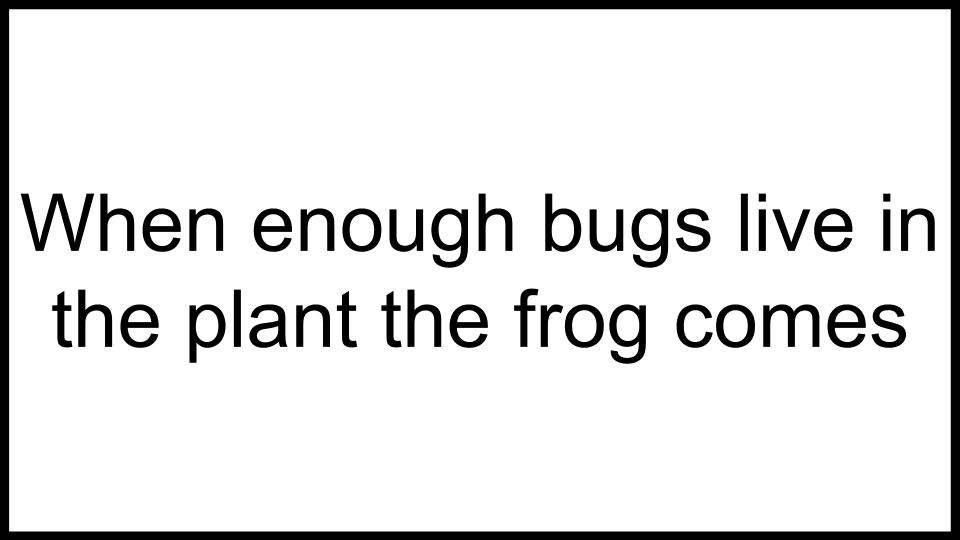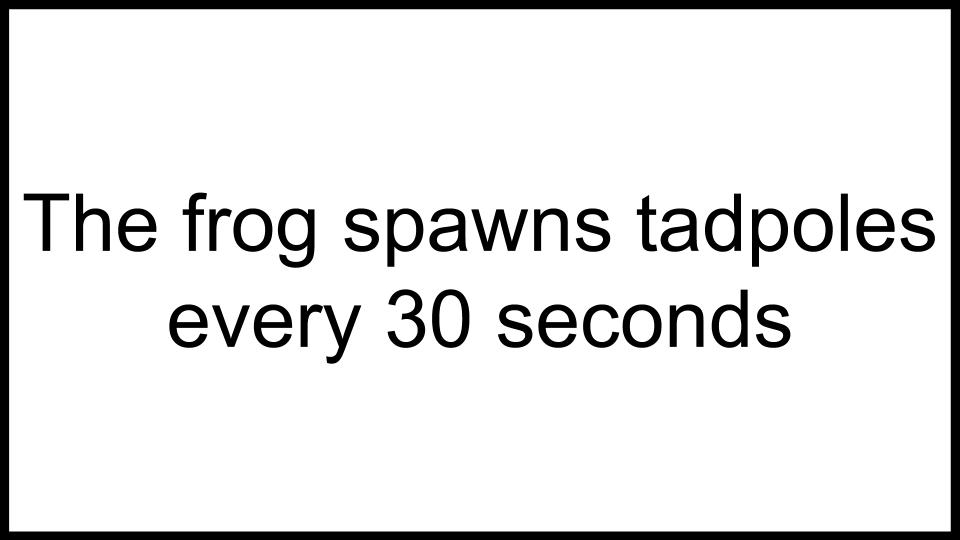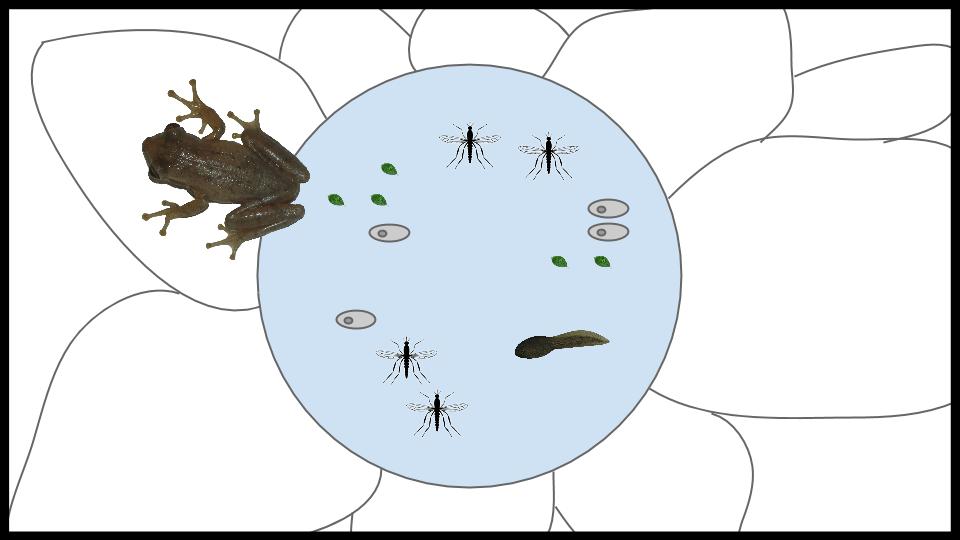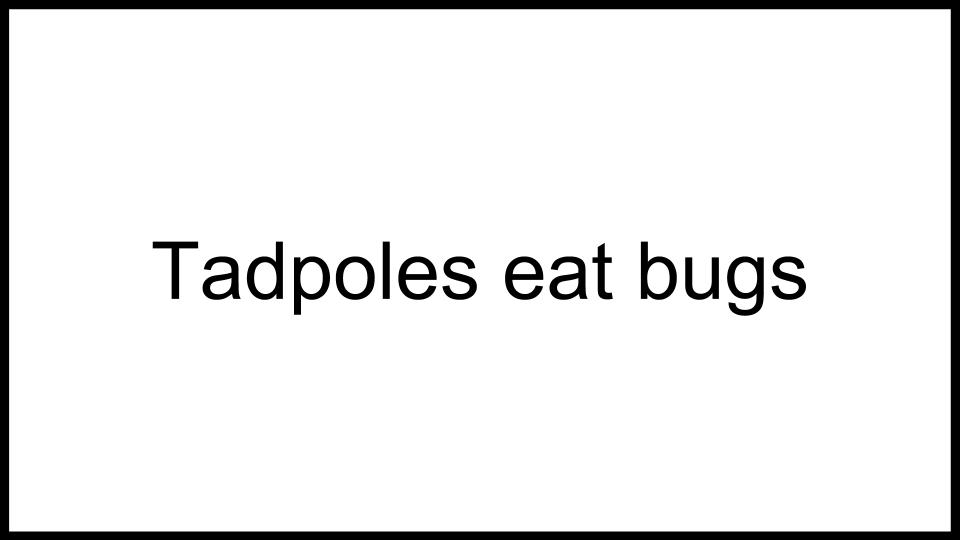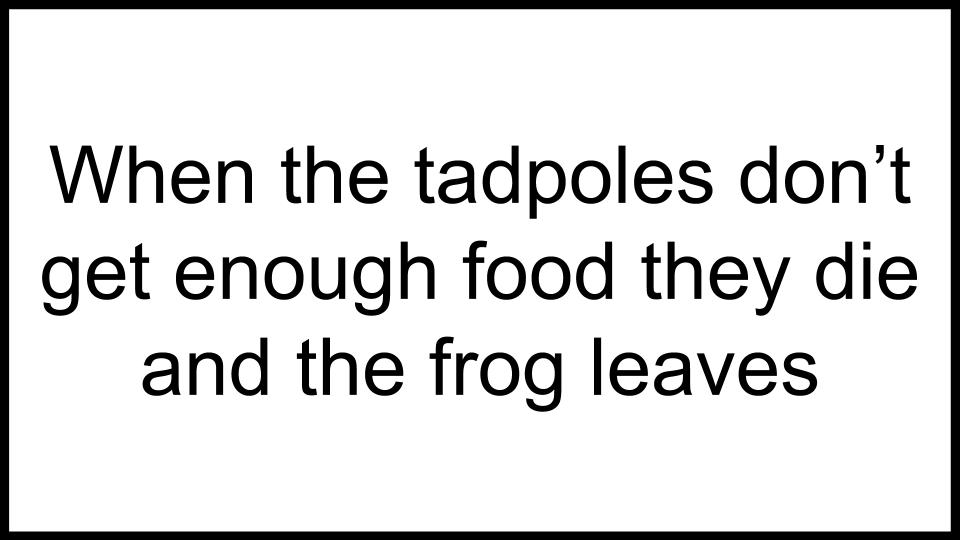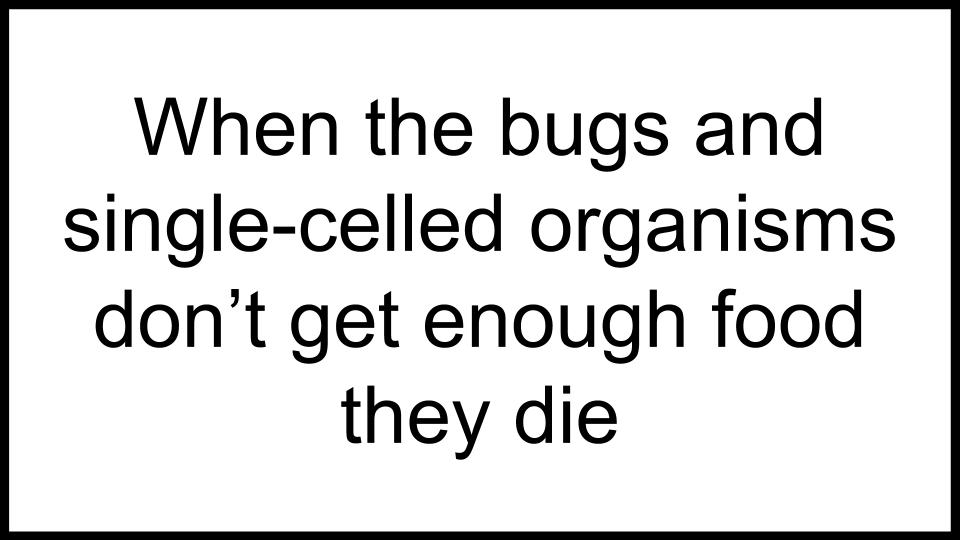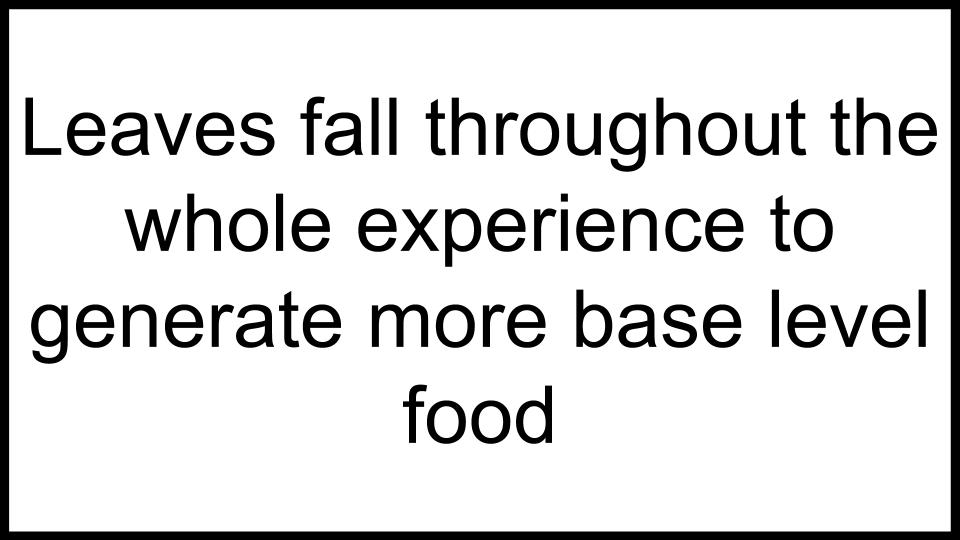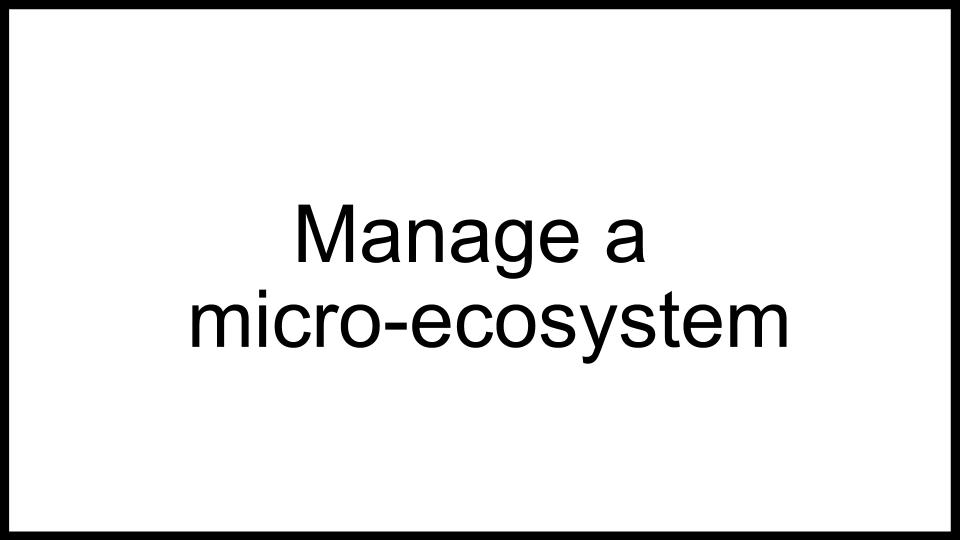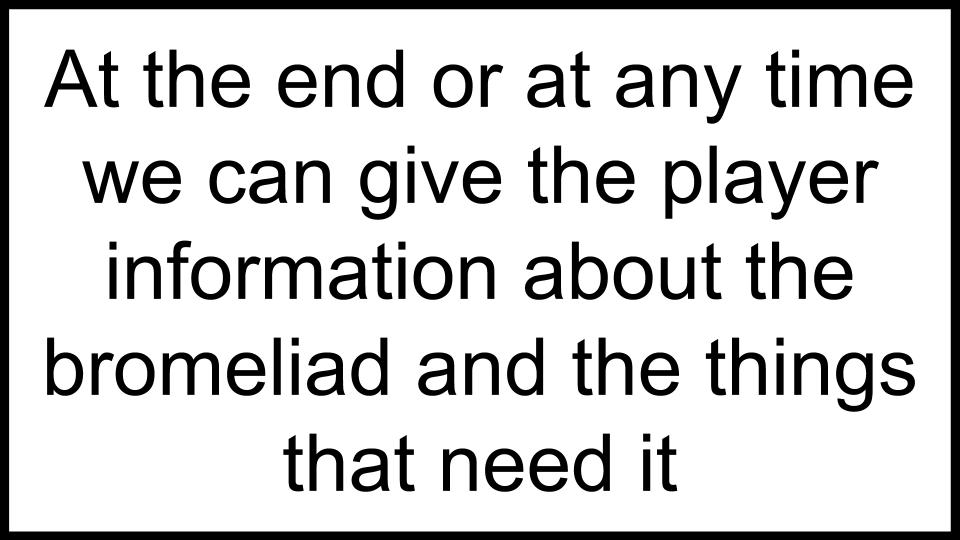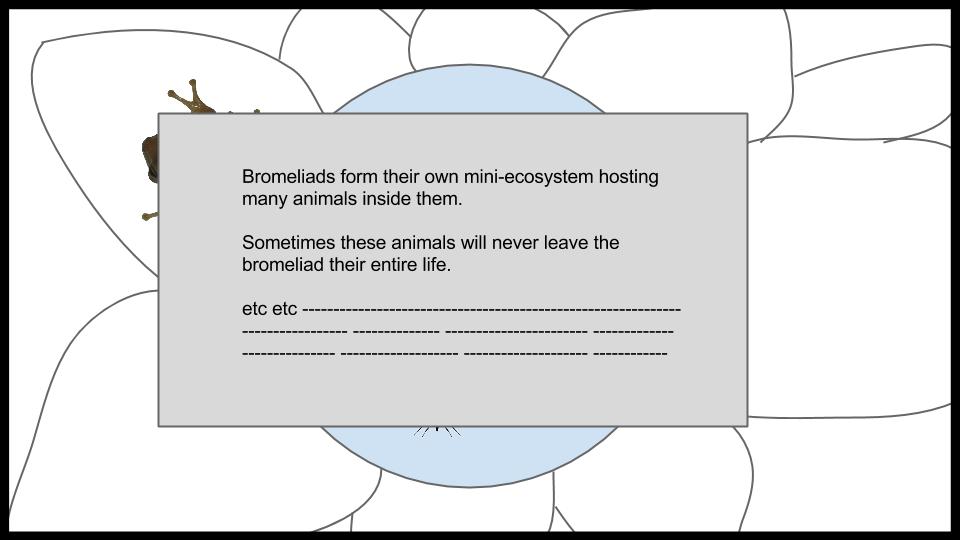Rain4ests is an educational mobile game about rainforest plants and animals with a focus on interdependent relationships
Play It Here!
Rain4ests is available for FREE on the Google Play Store! Download it to explore four rainforests, 29 plants and animals with four unique relationships.
Team:
- Tiffa Cheng: 2D Artist
- Bing Liu: 2D Artist/UI Designer
- Vivek Sangubhotla: Producer
- Jerry T. John: Programmer
- Zhi Xin Lee: Programmer
- JaeKeun Ahn: Game Designer/Sound Designer
- Brentt Kasmiskie: Game Designer/Sound Designer
In Team Gaia I was a game designer and sound designer. I was responsible for designing two mini-games, the bromeliad game and the shrew game. Designing game flow and tutorials. Critiquing and helping to iterate on all games. Implementing art, sound, and tweaks based on playtest feedback. Creating animal sounds, background ambiance, various sound effects, and voice acting. I also helped run playtests with our target audience, analyze and iterate on playtest feedback, as well as data analysis on questionnaires for pre and post playtest testing.
Rain4ests was a project made at Carnegie Mellon's Entertainment technology center over the course of one semester for our client, Mountainview Elementary School in West Virginia. The goal was to create an educational mobile game to introduce students to and peak their interest in rainforests.
To achieve this we created six mini-games tied together through multiple local maps, a world map, and a journal. The player starts with the world map where they gain context to the locations of the four major rainforests. They can choose to explore any of these zones. Each has three games, two reskinnable games which teach about a few animals and their food chain and one unique game based on an interdependent relationship in the region. Ultimately teaching the kids about 29 plants and animals, 4 unique relationships, and a wonderful biome.
Rain4est 30 second promotional video
Design Process
Rain4ests was an interesting project because the client had two previous ETC projects with the same goal: to teach kids about different biomes. They covered oceans, and arctic tundras; they both also did it as a first person exploration game. This meant that there were high expectations for our project and the client had a vision of those games in a new rainforest environment. When we first met with our client our goal was to understand how the end deliverable would be used and what they needed. We then came up with six ideas to pitch at the next meeting. After the pitch the client went over what she liked about each of the pitches. The main takeaways from this were that she liked:
- Showing a world map because it gave a context to where rainforests are and that there are multiple rainforests.
- An exploration/discovery aspect where kids found animals and plants for themselves. This included a journal idea where kid's discoveries would be stored.
- An experience aimed at a younger audience, first to third graders, as the previous two games were targeted at fourth and fifth grade.
Taking the feedback and all of our ideas we broke down the key components of each, what the client liked best, and what we wanted to focus on and had several meetings discussing where we could go. The only thing we knew for sure was that we didn't want a first person exploration game, which was fortunate because the tablets we were working with would not have been able to run a rainforest environment. With the inclusion of a world map we decided to move toward a mini-game setup with four local maps for each of the major rainforests.
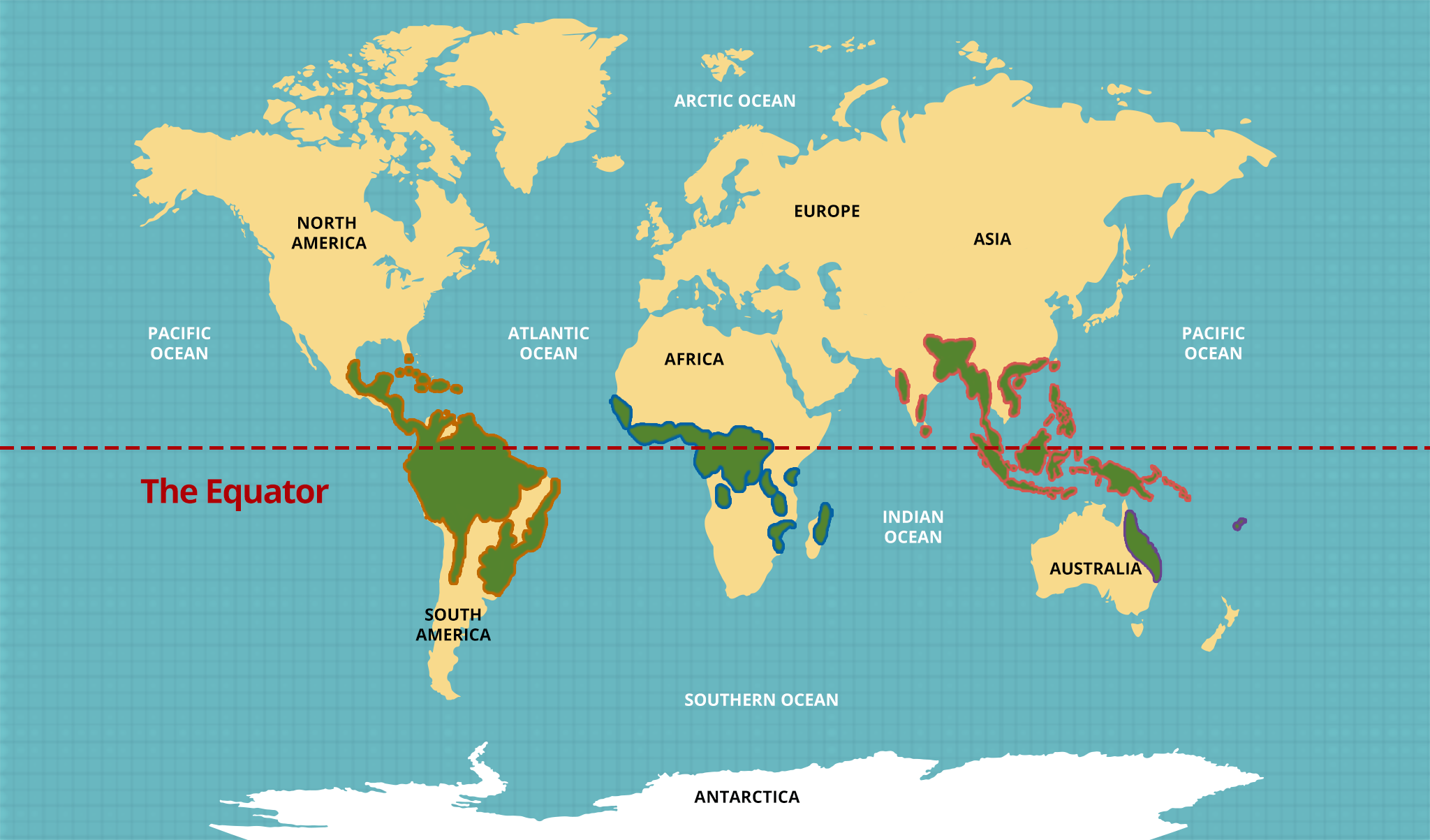
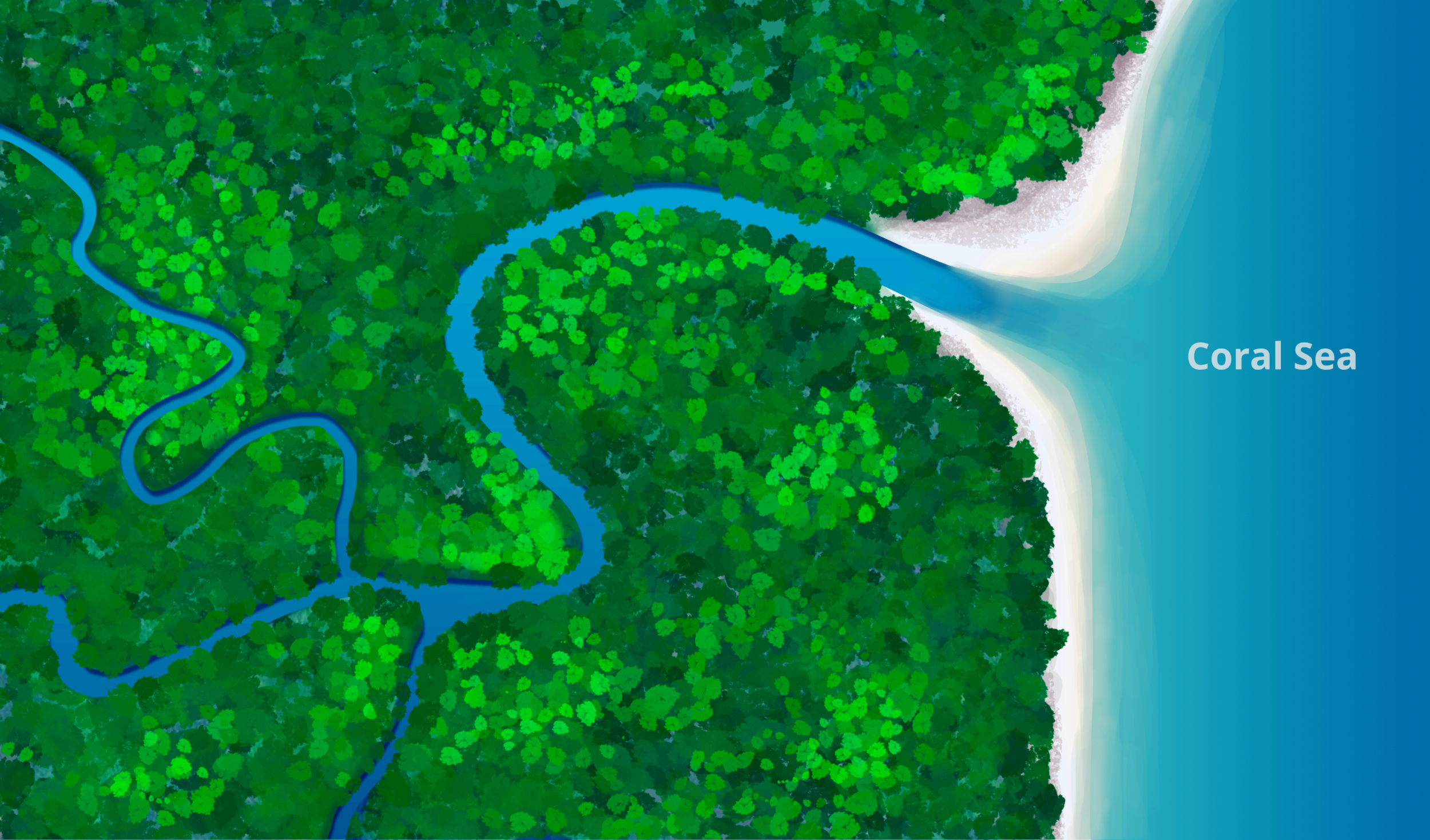
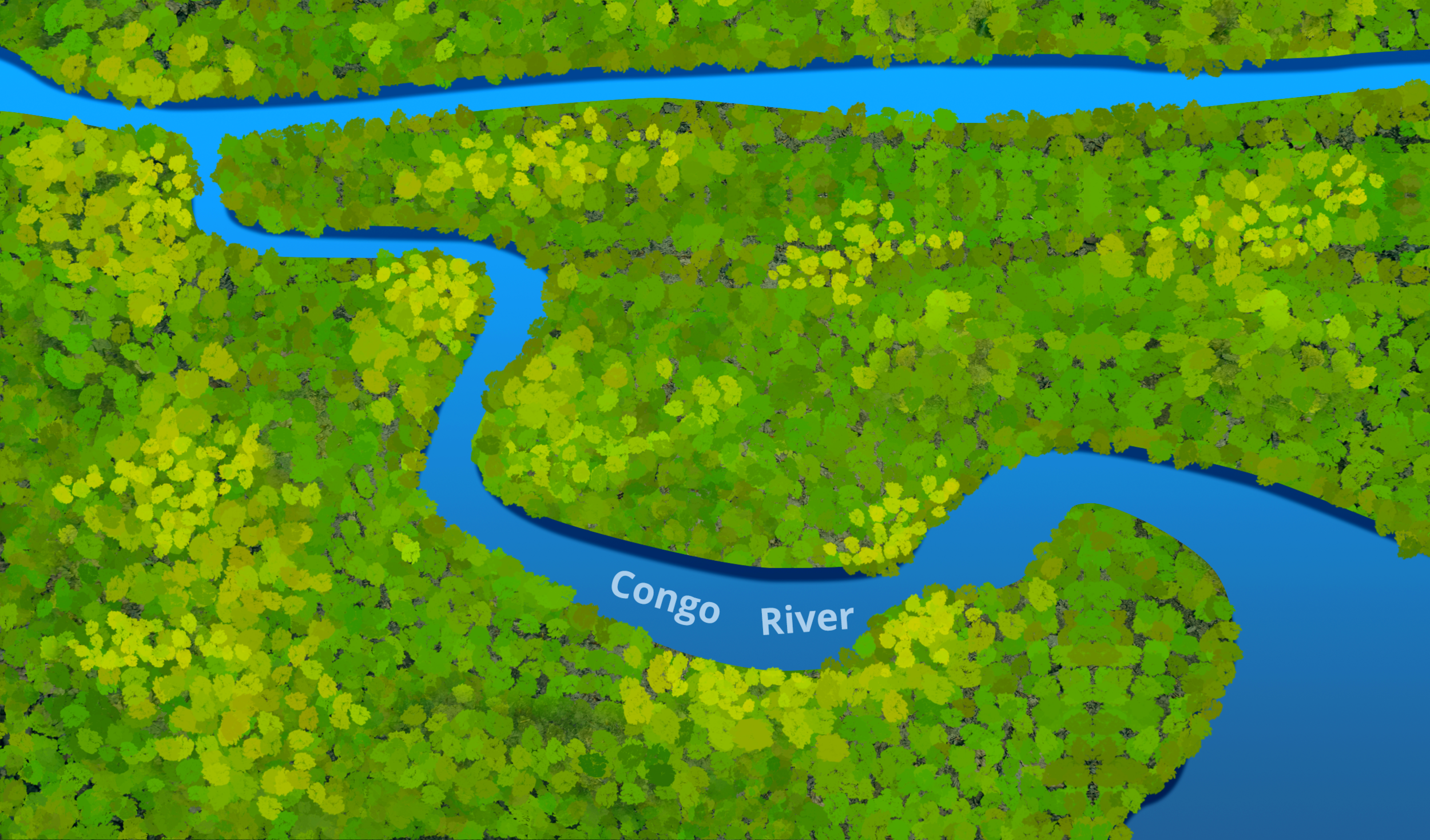
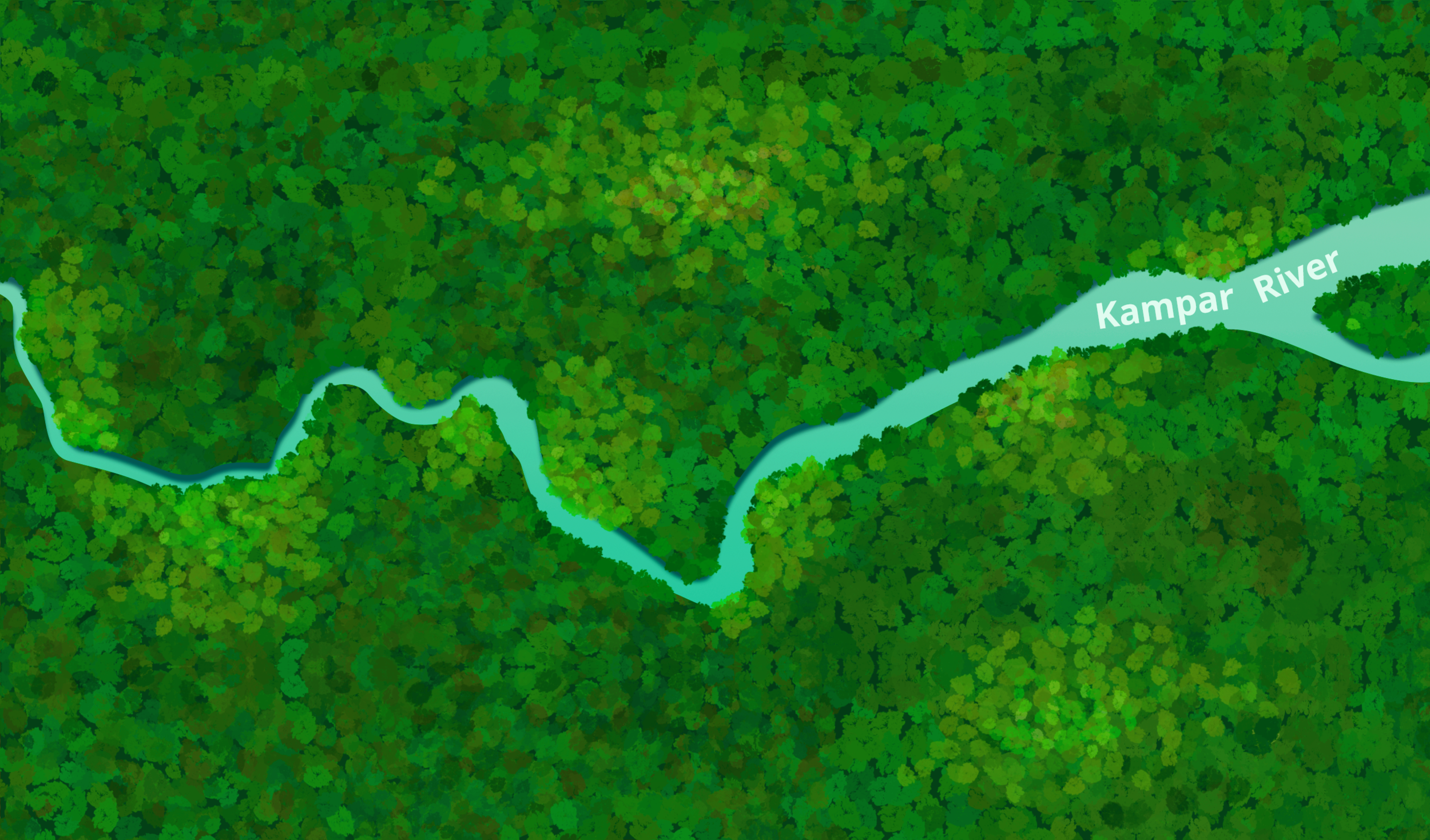
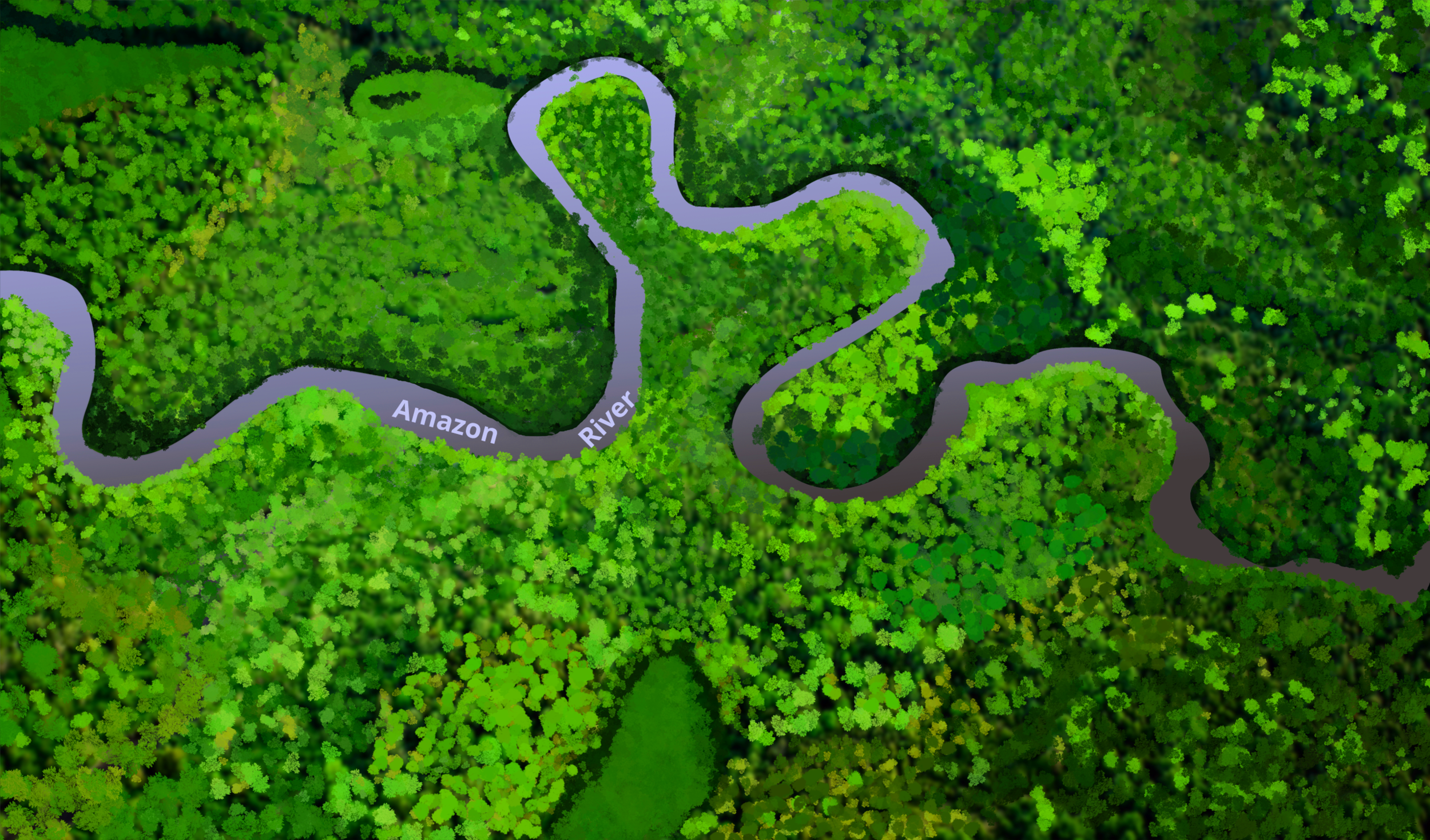
After more research we discovered that one of the school's science standards for second graders was interdependent relationships within an ecosystem. We chose to target this with four mini-games, one for each rainforest. Along with these for unique games we wanted to show the kids more animals in each region so we made two reskinnable mini-games that could be put in each forest with content tailored to that location. These two mini-games are a photo taking game where the player is introduced to a few animals in that forest and a card game where the player learns about one food chain involving those animals. Each game then fills in content for the player's journal. Our process for each game involved researching information for the region, pitching ideas to the team, changing the idea based on the team's feedback, paper prototyping, testing the developed version and tweaking, followed finally by creating and implementing tutorials for each game.
Bromeliad Game Design Process
In this game I stared researching relationships in the Amazon and found an interesting one between poison dart frogs and bromeliads. As the bromeliad grows its leaves form a cup which gathers water and other debris that falls in it. The debris which falls in slowly breaks down and becomes food for microorganisms. In turn the microorganisms attract bugs which lay larvae and then the poison dart frog brings its tadpoles to the micro-ecosystem where they eat the larvae until they are fully matured. This left me with two problems to solve.
- How do I simplify this micorecosystem to allow for a complete play through in a five minute play session while maintaining educational validity.
- How can I get my team to understand this idea as I understood it.
There were two areas of the microecosystem which I felt needed to be simplified, the breakdown of debris into edible food for larvae and the larvae themselves. The breakdown of debris in this ecosystem actually has an intermediate stage where it feeds moss and the microorganisms eat the moss, but this was to complicated. I decided to cut out the middle man and have the leaves that fall in turn directly into "biofood" for microorganisms through player interaction. For larvae I feared kids would not understand that a worm thing would turn into a bug. They might get confused if the larvae they were dragging about disappeared and a bug was now in its place. To solve this I decided to remove the larvae and have it just be a bug the children would recognize, a mosquito. With those two problems solved I needed a way to get the team on board. I began creating the fast pitch presentation that can be found below. The team really took to the presentation and from that point onward every game we made for the project was pitched to the team in this format.
Bromeliad initial pitch presentation
After the game made it through the pitch phase we began paper prototyping with Jake and myself acting as the computer. It was a little slow because it can be hard to pick up those small pieces of paper. During this phase we were beginning to balance the game at its earliest stages. Things like how many pieces of leaves should a single celled organism be drawn to. We were also looking at how controlling each piece of the chain would work, should you drag food to the predator or predator to the food? What happens if the predator is being dragged to its food, but hits its predator on the way?
After this we began developing the game in Unity. Sadly, in our haste to prototype it as quickly as possible, it was converted to a control scheme which was not ideal. It became a game where the player taps the object they want to select and then taps the object they want the selected object to move to. During playtests with our target audience we found that this control scheme didn't work children. They prefer dragging mechanics to tapping ones. Interestingly, some faculty members preferred tapping controls to dragging. We quickly switch the controls back to dragging and found the kids were able to perform their tasks much better.
As development progressed we noticed that some players were able to tell us what they did in the game when they finished it. However, when presented with pictures of the four objects, biofood, microorganism, mosquito, and tadpole, they were often unable to draw arrows linking the prey to the predator. Around 80% got the mosquito tadpole relationship correct, but they struggled with the biofood to microorganism, and the microorganism to mosquito relationship. Sometimes saying that biofood ate tadpoles. This was a big problem as the game's metric for success was that a child would be able to describe what they had been doing and link the objects in the correct predator prey relationship. I believe the reason they struggled with the lower half of this ecosystem lies in a disconnect to the player's understanding of reality. The kids know that frogs eat bugs and they know that a tadpole will become a frog. It is easy for them to see that a tadpole would eat bugs. However, they are not as in tune with microorganisms and the smaller side of life that must be viewed through a microscope. This makes the connections on the low end of the system problematic. I had two options, either I go back and add in the intermediate stages that were cut to help simplify complex relationships to help kids understand or I find another way to demonstrate the relationship. Luckily when we added a food pyramid to the side of the game kids were able to use this as reference and could link the stages together with a high enough accuracy for us to mark the game as successful.
